Regional Film Box Office Calculator
This calculator projects the future box office revenue for major Indian regional film industries based on historical growth rates (2023-2024). Enter the number of years to project and select a language to see estimated revenue.
Projection Settings
Projection Results
Select a language and enter years to see projected revenue.
When people think about Indian cinema they often picture the glitz of Bollywood, but there’s a whole universe of regional films that tells stories in dozens of languages across the subcontinent. Regional film is a movie produced in any Indian language other than Hindi, catering to local audiences with distinct cultural flavors, storytelling styles, and production ecosystems.
Why the term matters
Calling a movie "regional" isn’t a downgrade; it signals a market that’s massive, creative, and increasingly influential. In 2024, regional releases contributed over 45% of India’s total box‑office revenue, a share that’s risen every year since the early 2000s. That shift matters for anyone tracking film trends, distribution deals, or cultural impact.
Origins and early growth
The first regional cinema dates back to the silent era of the 1910s. Tamil cinema kicked off with the 1916 silent short Keezhadi, while Bengali pioneers Dhirendra Nath Ganguly launched the first Bengali talkie Jamai Shashthi in 1931. Each language developed its own studios, stars, and narrative conventions, often mirroring local theater traditions.
Major language clusters
India’s regional landscape can be grouped into four powerhouse clusters:
- Tamil cinema (Kollywood) - based in Chennai, known for high‑octane action and musical extravaganzas.
- Telugu cinema (Tollywood) - headquartered in Hyderabad, famous for cutting‑edge VFX and massive budgets.
- Malayalam cinema - Kerala’s industry, praised for realistic storytelling and literary adaptations.
- Kannada cinema - based in Bengaluru, gaining traction with pan‑Indian releases.
Beyond the four, there are vibrant scenes in Bengali, Marathi, Punjabi, Odia, Assamese, and many other languages, each contributing unique flavors.
Box‑office performance by language (2023‑2024)
| Language | 2023 Revenue | 2024 Revenue | Top‑grossing film 2024 |
|---|---|---|---|
| Telugu | 3.2 | 3.8 | RRR 2 |
| Tamil | 2.9 | 3.4 | Vikram 2 |
| Malayalam | 0.9 | 1.1 | Jawan |
| Kannada | 0.7 | 0.9 | Kantara |
| Bengali | 0.5 | 0.6 | Shyam Singha Roy |

Distribution channels and the streaming boost
Historically, regional films relied on single‑screen theatres in smaller towns. The last decade saw a paradigm shift:
- Theatre multiplex expansion: Chains like PVR and INOX opened screens in tier‑2 and tier‑3 cities, allocating dedicated slots for regional releases.
- Digital premier: Platforms such as Netflix, Amazon Prime Video, and regional players like Hotstar acquire exclusive streaming rights, often within weeks of theatrical debut.
- Hybrid windows: A short theatrical window (2-3 weeks) followed by a rapid OTT release maximizes revenue and reaches diaspora audiences in the US, UK, and the Middle East.
These changes have turned regional cinema into a global product. A Malayalam film released on Netflix can instantly rack up over 30million streams worldwide.
Key creative differences
While every language has its own style, a few trends stand out:
- Storytelling depth: Malayalam cinema is renowned for tight plots and social commentary; critics often cite films like Jallikattu as masterclasses in narrative economy.
- Visual spectacle: Telugu blockbusters invest heavily in VFX, evident in the massive set pieces of RRR and Baahubali series.
- Music integration: Tamil movies continue the tradition of elaborate song‑and‑dance sequences, with composers like A.R.Rahman shaping international soundscapes.
- Regional authenticity: Marathi and Bengali films often use local dialects and locations, preserving cultural nuances that Bollywood sometimes glosses over.
Challenges facing regional films
Despite growth, regional industries grapple with several hurdles:
- Funding gaps: Smaller markets mean limited budgets; many filmmakers depend on government grants or crowd‑funding.
- Piracy: Illegal downloads hit regional titles harder because anti‑piracy measures are often focused on Hindi releases.
- Distribution bias: Some multiplex chains prioritize Hindi and English films, shrinking screen share for regional titles.
- Talent migration: Actors and technicians sometimes move to Bollywood for larger paychecks, leaving regional projects short‑handed.
Solutions are emerging: state film councils now offer tax rebates, and dedicated regional OTT channels are fighting piracy with geo‑blocking and rapid release schedules.
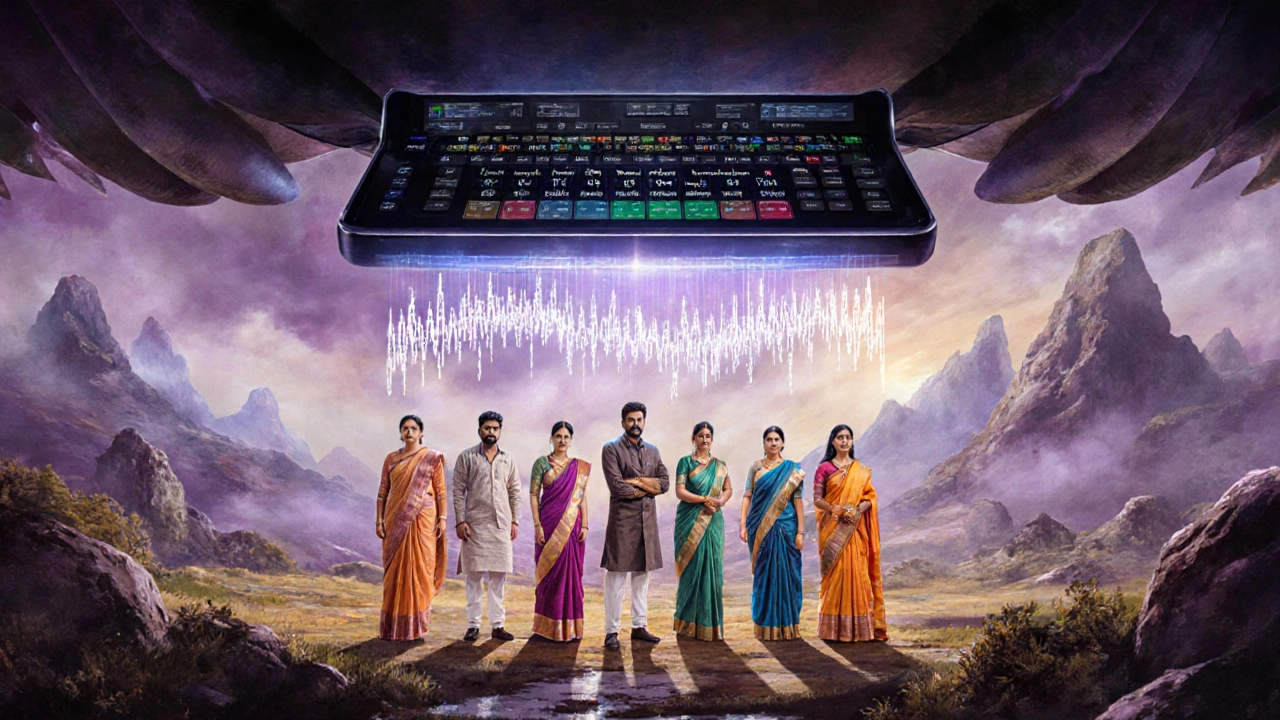
Future outlook - pan‑Indian collaborations
The next wave looks less about language boundaries and more about shared universes. Recent years have produced “pan‑Indian” movies that shoot in multiple languages simultaneously, like Pushpa (Telugu/Tamil) and Kantara (Kannada/Hindi). These films use dubbing and subtitles to capture both regional and national audiences, creating a single marketing push that can rival a Bollywood blockbuster.
Additionally, AI‑driven dubbing tools are slashing the cost of multilingual releases, meaning a Tamil film can be launched in Hindi, Malayalam, and even non‑Indian languages within days.
How to explore regional cinema today
If you’re curious to dive in, here’s a quick cheat‑sheet:
- Start with award‑winning titles: Super Deluxe (Tamil), Helen (Malayalam), Sairat (Marathi).
- Browse OTT sections filtered by language - most platforms have dedicated tabs.
- Follow festival line‑ups: the International Film Festival of Kerala (IFFK) and the Bengaluru International Film Festival showcase the best regional works.
- Check regional box‑office trackers like Box Office India for trending releases.
Conclusion
Regional films are no longer a niche corner of Indian cinema; they’re a thriving, diverse ecosystem that drives innovation, cultural preservation, and huge revenue. Whether you’re a fan, a distributor, or just a curious viewer, understanding the landscape of regional movies opens up a world of stories that go beyond the usual Bollywood fare.
Frequently Asked Questions
What defines a regional film in India?
A regional film is any movie produced in an Indian language other than Hindi, aimed primarily at audiences who speak that language and reflecting its cultural context.
Which Indian regional industry generates the most revenue?
Telugu cinema leads the pack, contributing about 38% of total regional box‑office earnings in 2024, followed closely by Tamil cinema.
How have streaming platforms affected regional movies?
OTT services have given regional titles instant national and international exposure, shortened piracy windows, and opened new revenue streams through subscription and licensing deals.
What are some must‑watch regional films for newcomers?
Start with Super Deluxe (Tamil), Jallikattu (Malayalam), Sairat (Marathi), Pather Panchali (Bengali classic) and Kantara (Kannada).
Are regional films dubbed into Hindi?
Yes, many successful regional movies receive Hindi dubs to reach a wider market. Recent AI‑driven dubbing tools have made this process faster and cheaper.
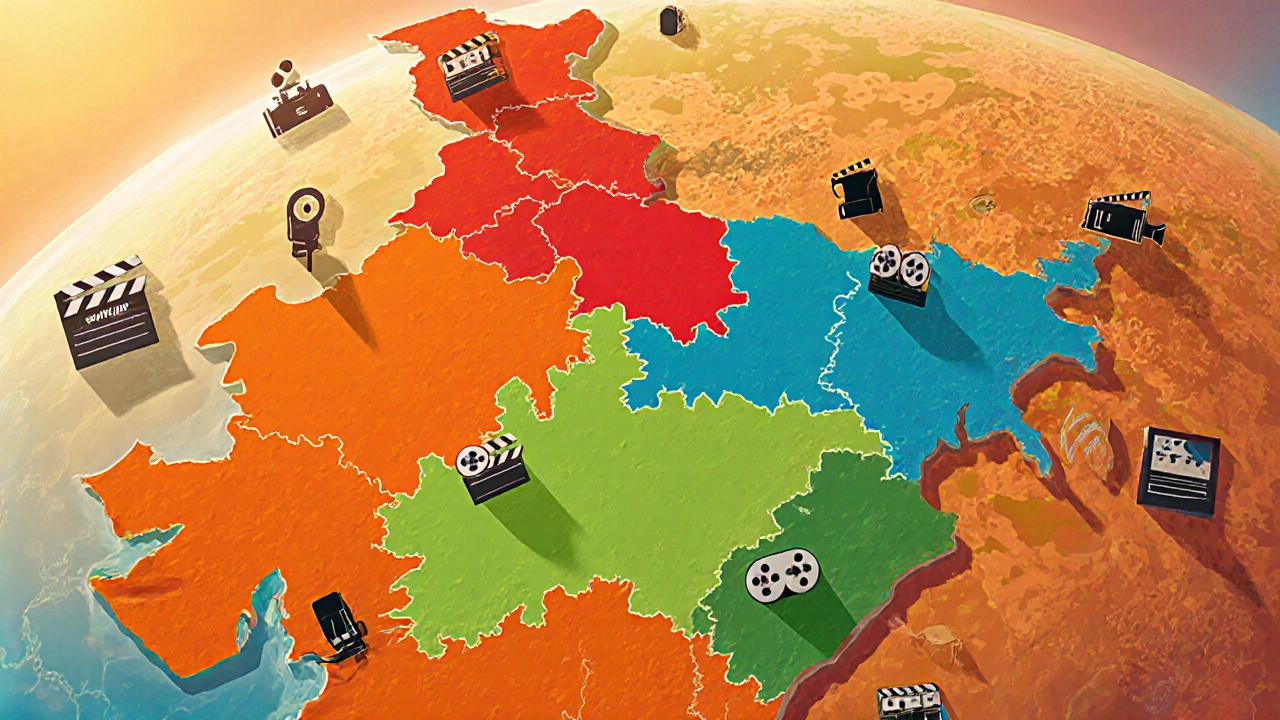

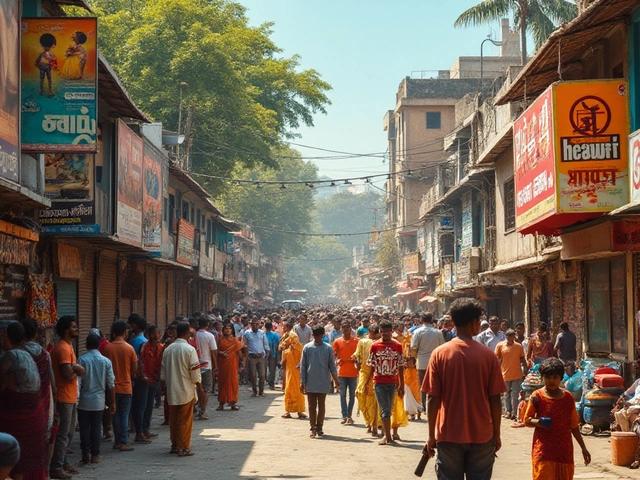

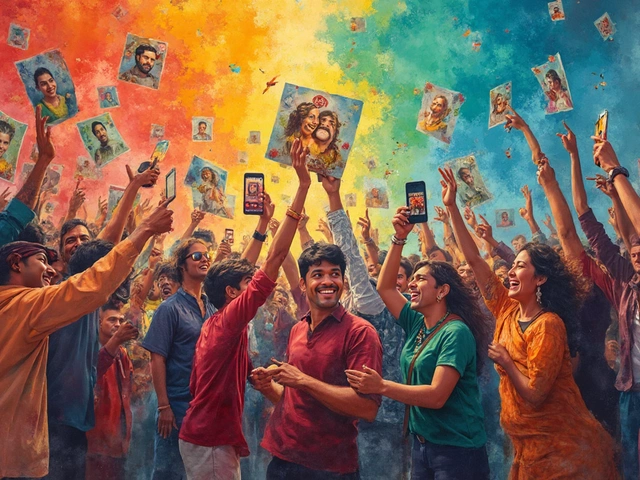
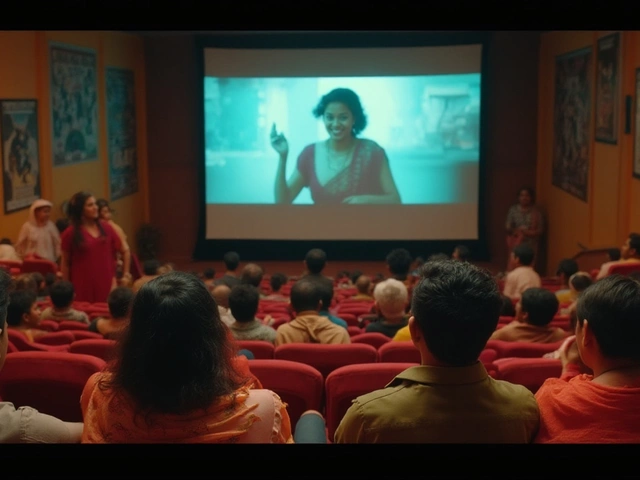

Post A Comment